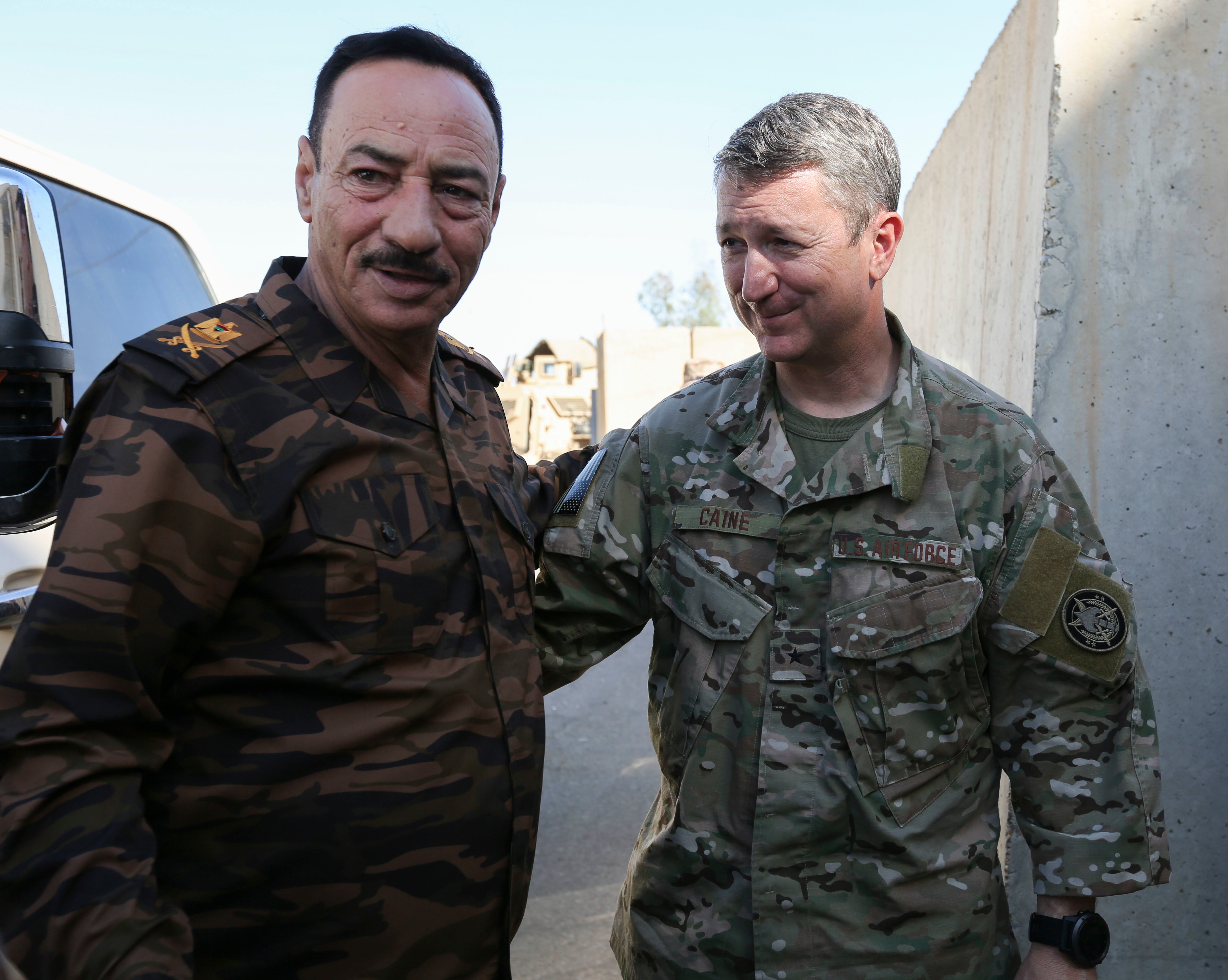The aircraft carrier Gerald R. Ford returned to Norfolk, Virginia, on Saturday, concluding its first deployment a little less than two months after its departure.
After getting underway Oct. 4, the carrier and its strike group focused on air defense and anti-subsurface warfare, distributed maritime operations and conducted a transfer of authority with NATO.
“We sailed with our Allies and partners and trained together, tirelessly, day and night, and we are stronger for it,” Capt. Paul Lanzilotta, Ford’s commanding officer, said in a release.
“Through integrated and combined operations, such as live and inert ordnance expenditure by Carrier Air Wing 8, anti-submarine warfare, anti-surface warfare, and air defense, we set the stage for operating with Ford-class technologies in a deployed environment,” Lanzilotta added. “We completed more than 1,250 sorties, expended 78.3 tons of ordnance, and completed 13 underway replenishments — and we accomplished this because of what Ford-class aircraft carriers bring to the fight.”
RELATED

The carrier, which was originally scheduled to deploy in 2018, will conduct a lengthier, more traditional deployment next year. This initial underway, which placed the carrier under the authority of Chief of Naval Operations Adm. Mike Gilday instead of a geographic combatant commander as is typical, aimed to allow the crew to become better acquainted with the vessel’s new technologies.
“This deployment laid a strong foundation for the strike group, created momentum to carry us forward for future operations, and has prepared us to answer our nation’s call when needed,” Rear Adm. Greg Huffman, commander of Carrier Strike Group 12, said in a release.
As part of the deployment, the Ford participated in Exercise Silent Wolverine in the eastern Atlantic, where it teamed up with six other NATO allies to test the carrier’s new technologies through integrated high-end naval warfare scenarios.
RELATED

Additionally, the carrier made port visits to Halifax, Canada, and Portsmouth, United Kingdom, and operated with ships from Canada, The Netherlands, Denmark, France, Germany, Spain, and Sweden.
“This deployment brought together an incredible group of Allies and partners with one single focus – to contribute to a peaceful, stable, and conflict-free Atlantic region through our combined naval power,” Vice Adm. Dan Dwyer, commander of U.S. 2nd Fleet and Joint Force Command Norfolk, said in a statement. “Opportunities to interoperate and integrate make our nations, our navies, and the NATO Alliance stronger.”
The Ford’s carrier strike group includes the destroyers Ramage, McFaul and Thomas Hudner, the cruiser Normandy, the replenishment oiler Joshua Humphreys, dry cargo ship Robert E. Peary and U.S. Coast Guard cutter Hamilton.
Editor’s Note: This story has been updated to reflect that Finland did not operate with the Ford during the deployment.




